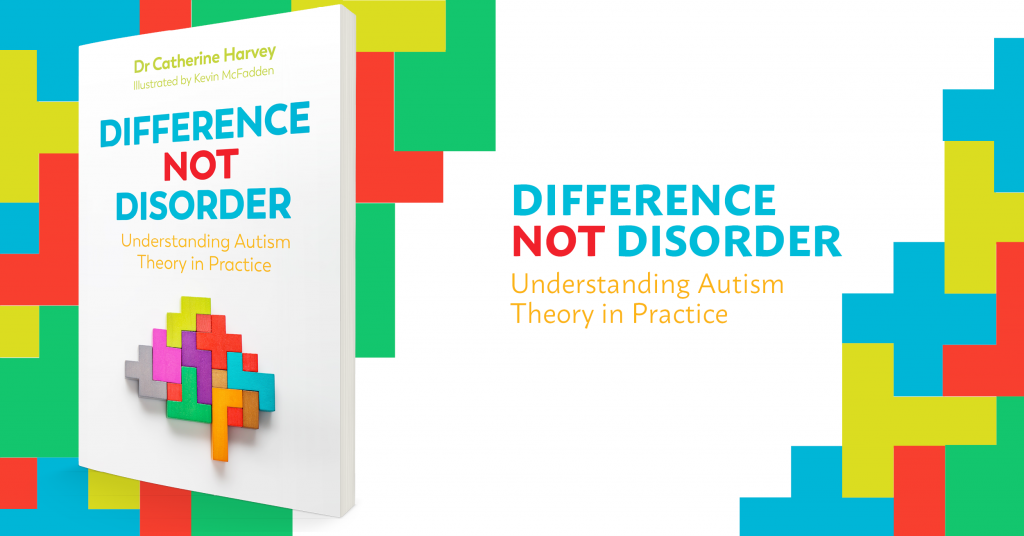Drawing on 30 years of professional experience and detailed research, Difference Not Disorder: Understanding Autism Theory in Practice exposes the myths around autism and provides practical guidance on teaching and learning, behaviour management, addressing sensory and physical needs of children with ASD.
Difference Not Disorder
Our recognition and understanding of autism forms a recent story in terms of human knowledge. In my lifetime this story gained momentum, hastening to the current perception of autism as neurological in nature. However, across the globe this neurological nature, viewed at-odds with the neuro-typical one, is considered impaired or disordered. The over-arching aim of this book was to question this assumption while posing an alternative view of difference not disorder because of all the children I had the honour to work with, children with autism were some of the bravest.
There are limitless ways in which I witnessed their bravery. They included venturing every day out into a world with incomprehensible social rules and codes in which lack of or inappropriate response could result in unwelcome, verbal attention or even confusing reprimand. It also included perpetually manoeuvring through sights, sounds and textures that could overwhelm and/or aggravate the senses often without being able to express mounting stress and distress; and/or experiencing revulsions towards some tasks but compulsions towards others in situations where you had no idea of the duration or scheduling of either.
Know that if you are a neurotypical person reading this you can imagine these scenarios, but if you are a child with autism you probably cannot. Therefore, know that the onus is on you to empathise and to understand how to calm and reduce stress and distress for the release and learning of these courageous children to take place. Hopefully my book written after thirty plus years of practice will help you to do just that.
Insight into the Background Story
I was a frontline practitioner. The classroom was the destination to me. So, having arrived from the start of my career the focus of improvement was upon my practice. This inner-driven standard was nurtured by a ‘beginner’s mind’ underpinned by limitless eagerness for greater understanding. However, in a culture that predominantly views success in terms of status, income and power, my path may be considered ‘the road less travelled’. Nevertheless, while status, income and power remained externally static, internally personal, academic and professional knowledge were nurtured and deepened.
In their brief lifetimes frontline practitioners can acquire amazing depths of knowledge and insight. However, we do not currently reap these rich harvests and their loss impoverishes the knowledge and insight of those who follow in their footsteps. As today’s new practitioners start on paths already trodden they do not profoundly benefit from the embodied knowledge of their frontline predecessors. So much – too much is lost and the well-being and learning of our children is inevitably slowed in the constant repetition of what was already known.
This then is the background to my book. A frontline practitioner facing the end of practice but not wanting what I had learnt and understood over thirty years to be retired with me. Therefore, while reading this book, imagine what the totality of our retired practitioners could have shared with us. Imagine the extent of what has been lost to us.
Learn more about Difference Not Disorder: Understanding Autism Theory in Practice on our website, HERE.
